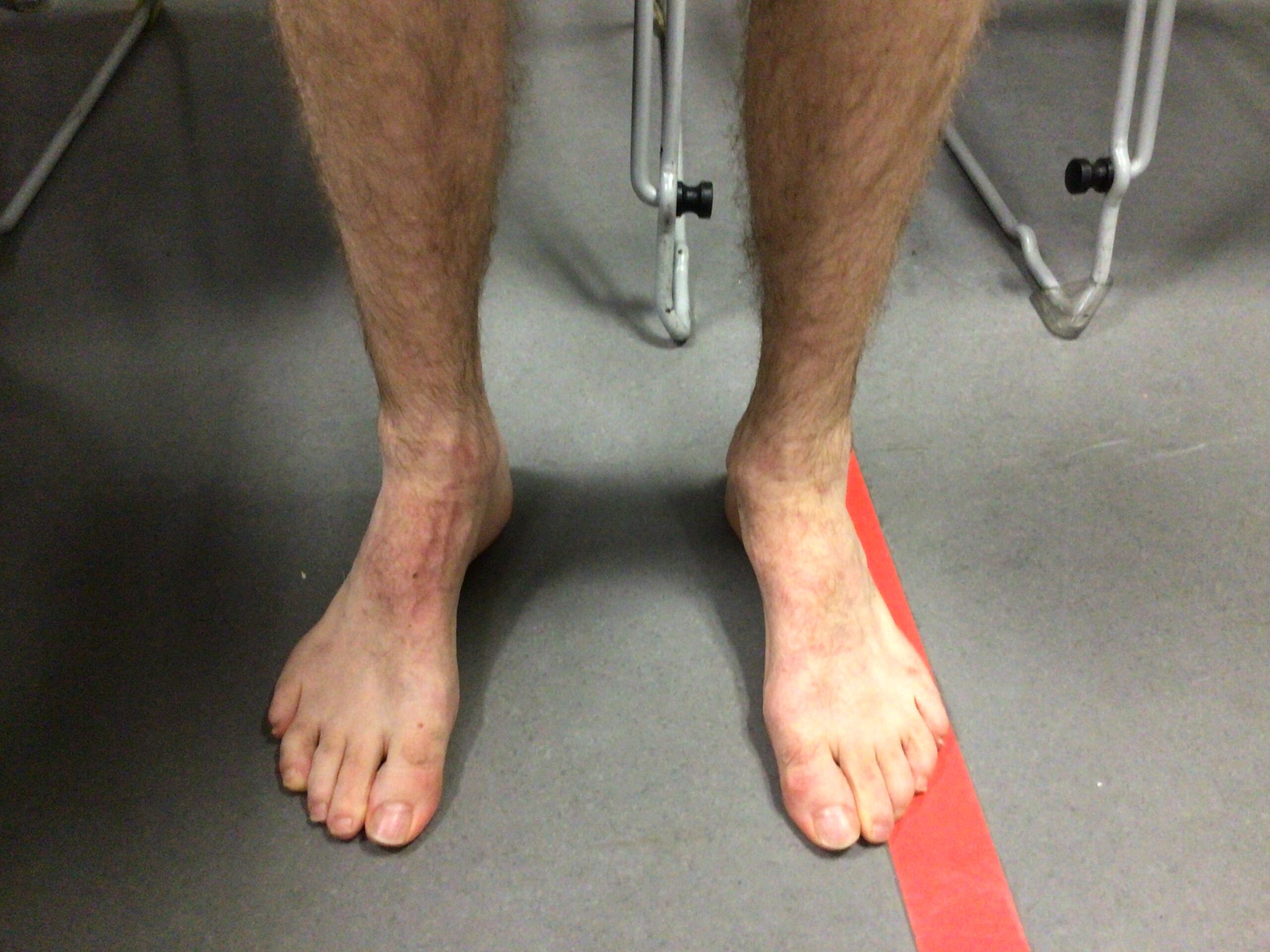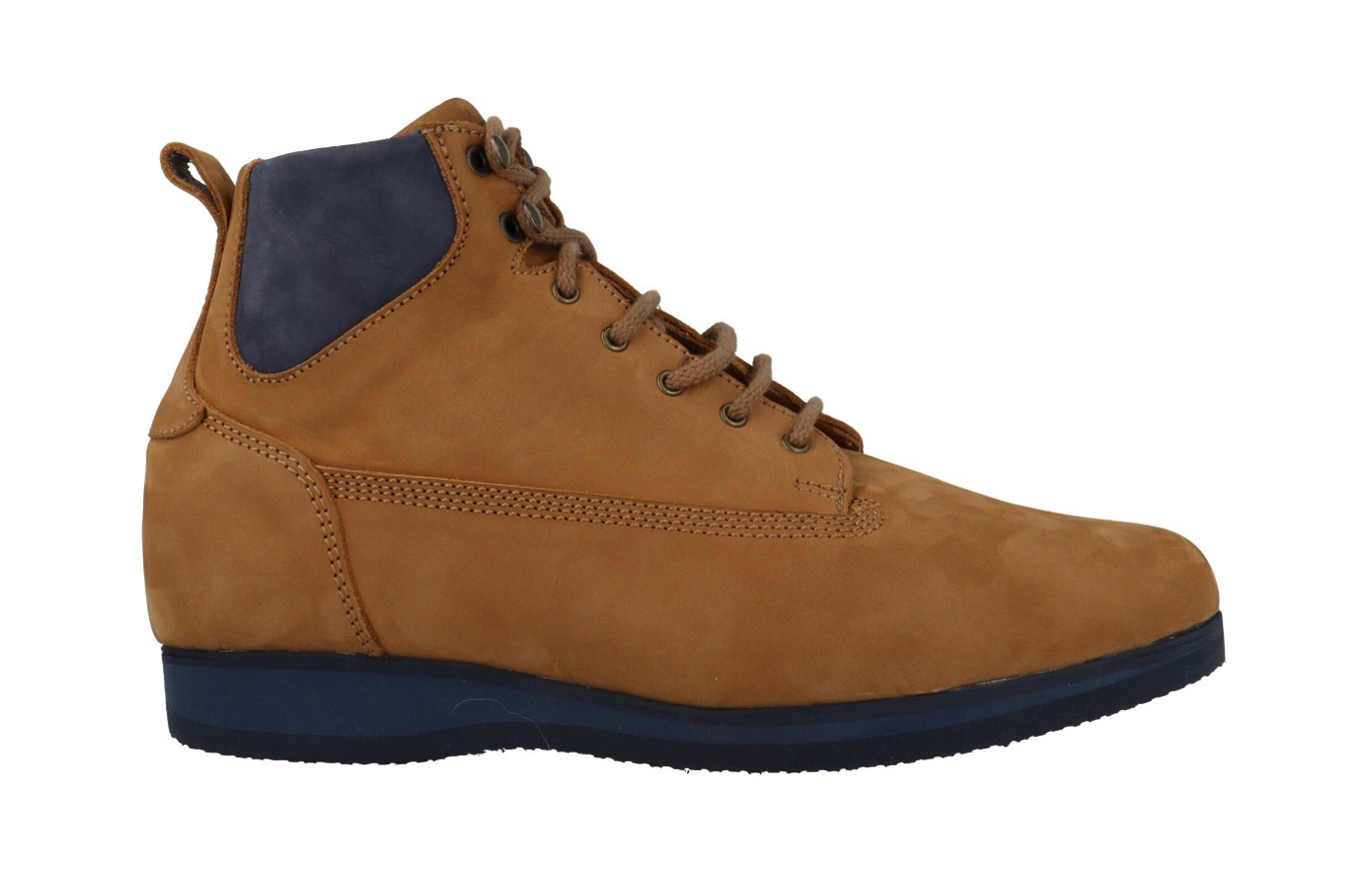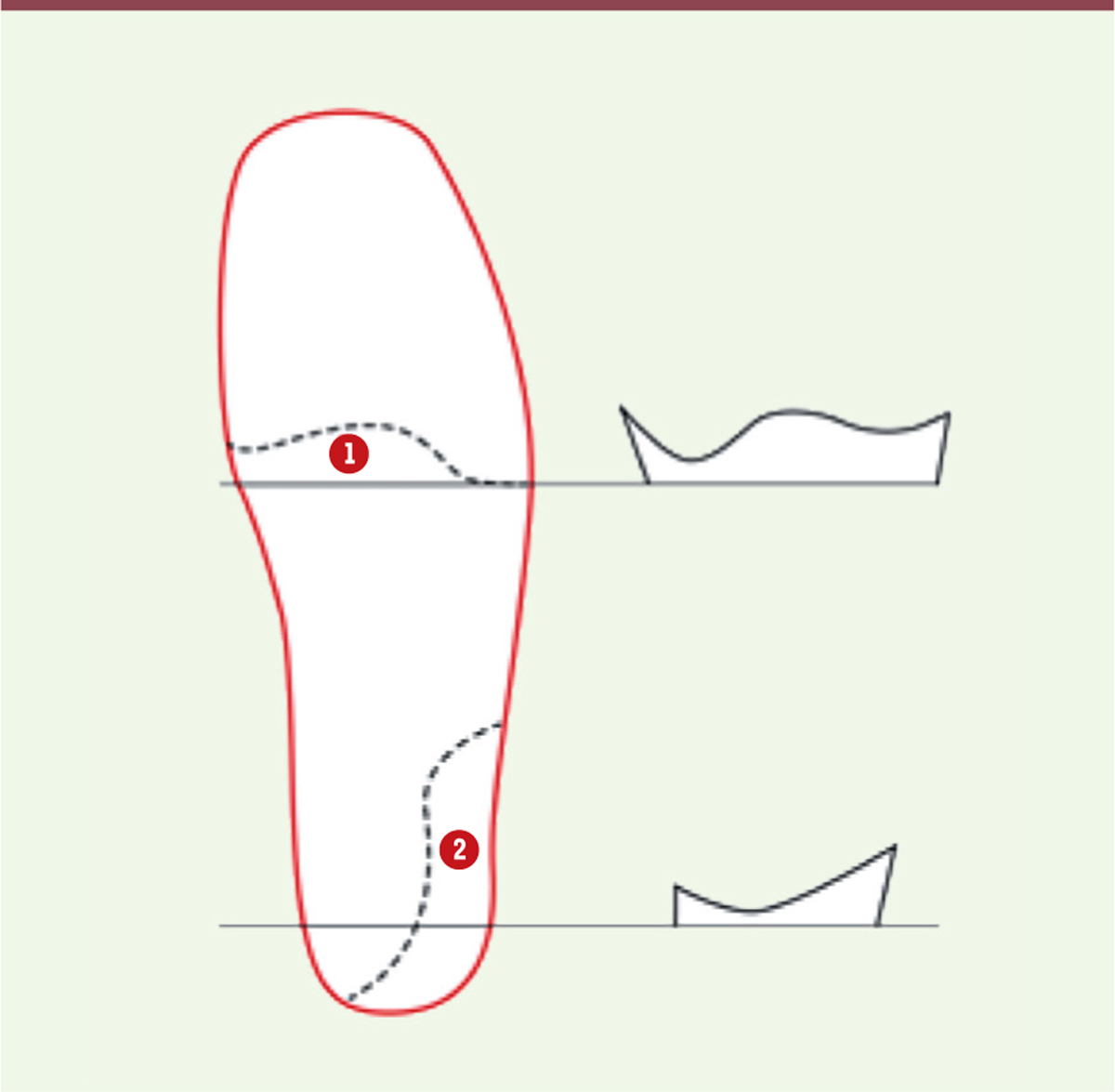ORTHOPAEDIC SOLUTION
Charcot Marie Tooth need not hold back young people

16 December 2022
A few weeks ago, Pieter-Jan Sergeant, an orthopaedic shoe technologist at House of Feet, examined a patient who had HMSN[1], also known as Charcot Marie Tooth disease. This hereditary disorder causes a faulty signal to be transmitted from the nerves to the brain and muscles. This interferes with the patient’s gait.
[1] Hereditary Motor and Sensory Neuropathy
Defects in the peripheral nervous system reduce the stimuli sent to and activation of the muscles.
This leads to a reduction in the size and strength of the muscles. Initial difficulties often occur in the feet and lower legs.

Jeroen is 28 years old and an HMSN patient. The disorder manifests in a disturbance of the gait where the left foot drags somewhat. Until now, Jeroen usually wore sturdy regular shoes. However, these provided hardly any relief. Jeroen eventually found his way to the House of Feet and specifically asked that we help improve his gait.
‘I’m still young, so I was somewhat put off by the stigma often associated with orthopaedic shoes. ‘Cause you just don’t want your shoes to look old fashioned. But, House of Feet custom made a pair of shoes for me that are almost exact replicas of the laced boots I used to wear!’ – Jeroen

After taking his medical history, a high model was chosen that reached above the ankle.
This model aids the shoe technologist in optimally correcting and supporting the foot. The strong base provides enough resistance to inhibit further deformity.
The patient’s hands are not impaired, so we opted for lacing that will continue to stimulate finger motor skills.
The orthopaedic shoes feature a full-contact orthosis that reduces and shortens plantar peak pressure by 16% to 24%. Putting another forefoot support in place (1) allows us to further reduce the pressure by 29% to 47%.
To correct the rear foot, we provided another lateral heel wedge (2) in the orthosis.

‘I believe the video speaks for itself. The shoes are comfortable and perfectly sized. They just make each step so much easier than with “regular” shoes. I feel more stable and self-confident than ever before.’ – Jeroen
The orthopaedic shoes have a positive effect on the patient’s gait and mental well-being. Our shoe technologists team with our shoe designers. And that is how we develop a contemporary range of orthopaedic shoes that are barely distinguishable from regular shoes.
Source: Dyck, D. P. (sd). Minnesota, USA: Peripheral Nerve Research Laboratory.
Charcot Marie Tooth need not hold back young people
KNOWLEDGE CENTRE
Stay informed via e-mail about our latest developments in footwear technology.



